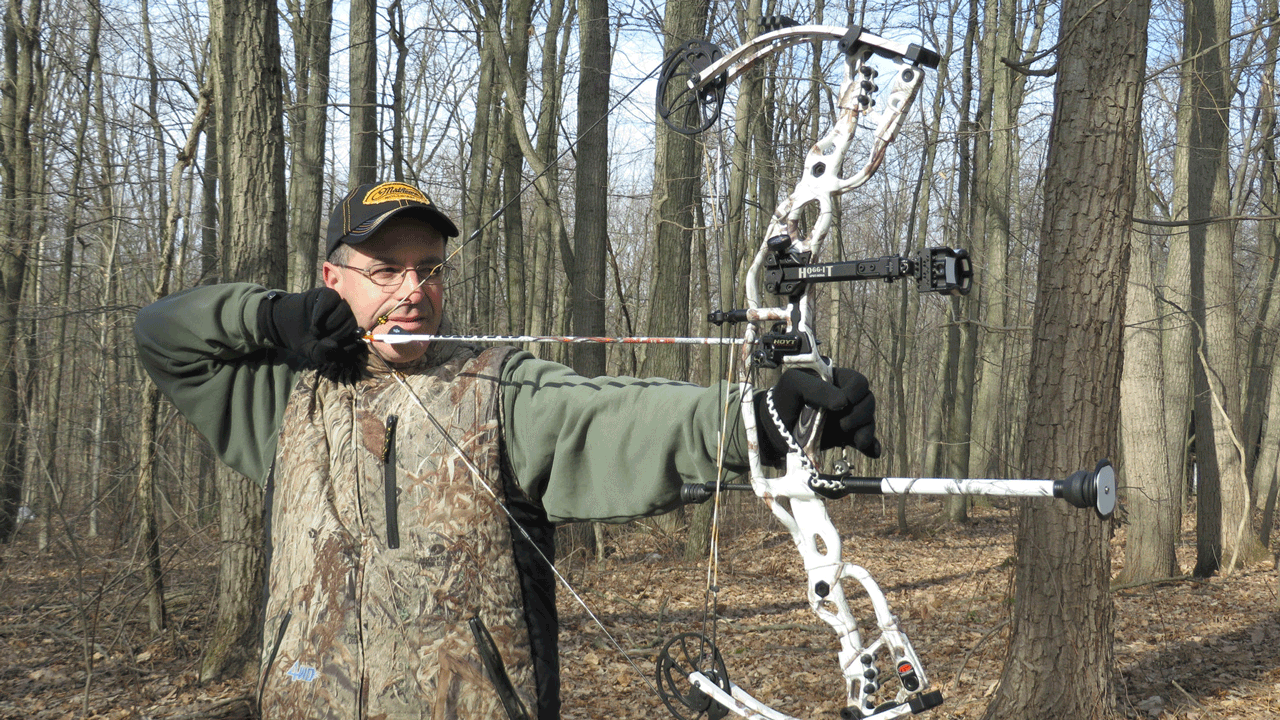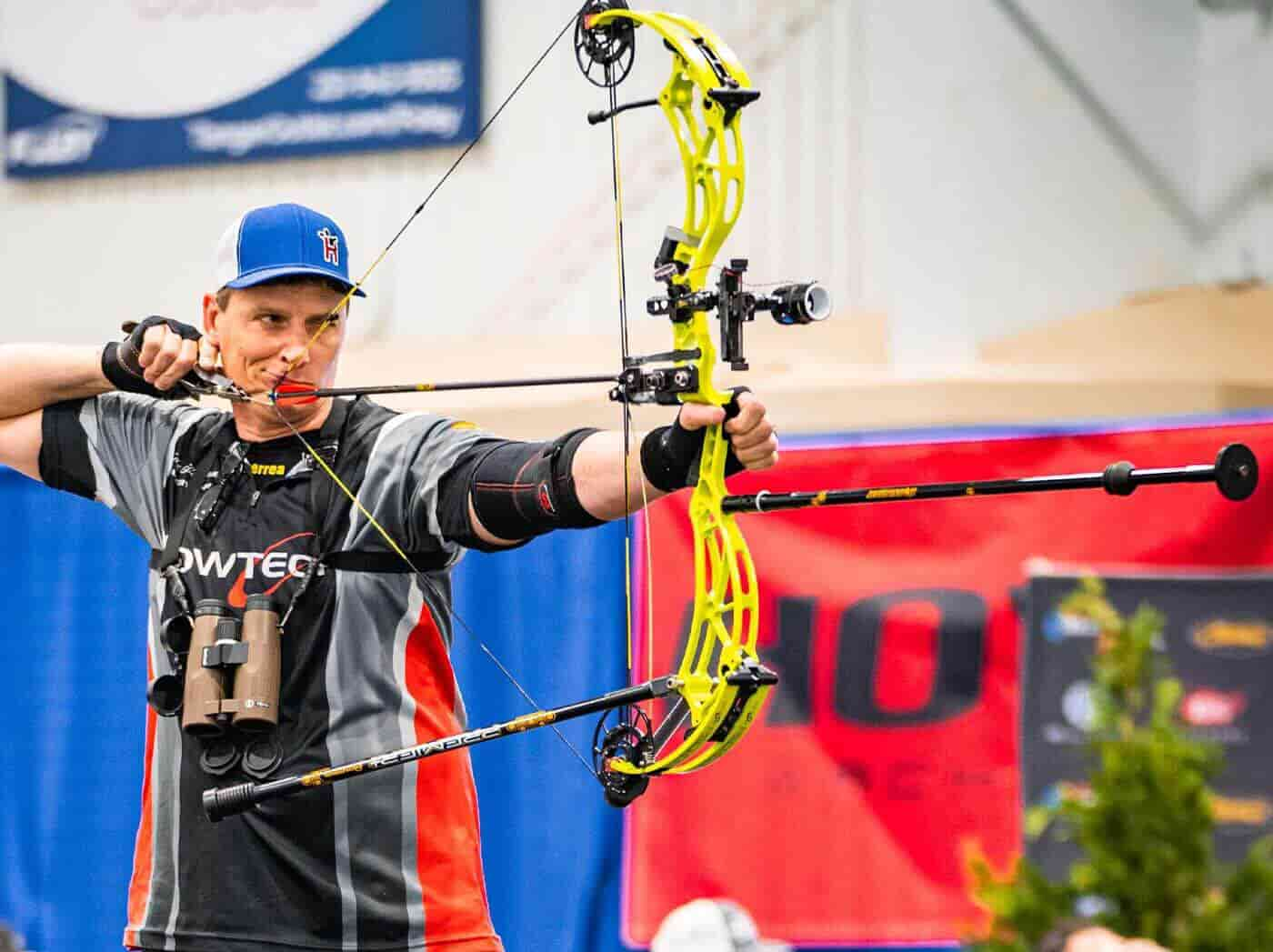Understanding Accuracy: The Function of Compound Bow Stabilizers in Archery
Understanding Accuracy: The Function of Compound Bow Stabilizers in Archery
Blog Article
Optimizing Your Archery Performance With the Right Substance Bow Stabilizer: a Comprehensive Introduction
In the world of archery, accuracy and consistency are extremely important to accomplishing optimum performance. One often-overlooked yet important element in boosting accuracy is the substance bow stabilizer. This plain tool plays a considerable function in steadying your goal, lowering bow torque, and taking in resonances. Nonetheless, the performance of a stabilizer rests on various factors, consisting of positioning, layout, and weight. By understanding the nuances of selecting and optimizing a compound bow stabilizer, archers can fine-tune their equipment to elevate their shooting experience to new degrees of proficiency and control.
Relevance of Bow Stabilizers in Archery

Furthermore, bow stabilizers assist in balancing the weight circulation of the bow, which can boost the archer's stability while intending and shooting. By adding weight to the front of the bow, stabilizers can reduce the quantity of torque experienced upon launch, resulting in a smoother and much more controlled shot - compound bow stabilizer. This weight distribution likewise helps in holding the bow steady for a longer period, allowing the archer to intend extra accurately
Sorts Of Compound Bow Stabilizers
When taking into consideration the different types of substance bow stabilizers available, it is important to recognize their unique attributes and functions to identify the most appropriate alternative for making best use of archery performance. The most typical types of compound bow stabilizers include sidebar stabilizers, front stabilizers, and back stabilizers. Back stabilizers, additionally called rear stabilizers, are placed to the back of the bow and help in counteracting the weight of various other devices, resulting in enhanced security and constant aiming.
Elements to Take Into Consideration When Selecting
In evaluating compound bow stabilizers, comprehending the unique functions and functions of each type is critical for making an educated choice on the most suitable choice to boost archery efficiency. When picking a stabilizer, one need to consider the weight of the stabilizer itself. By very carefully examining these aspects, archers can choose a substance bow stabilizer that aligns with their shooting style and maximizes their overall performance on the archery variety.
Installation and Adjustment Tips
For optimal efficiency and accuracy in archery, Visit Your URL grasping the setup and adjustment of your bow stabilizer is vital. Proper installment starts with affixing the stabilizer to the bow's riser, ensuring it is strongly secured. A lot of stabilizers feature placing hardware for simple installment, yet it's critical to follow the supplier's standards for the details version you have. When affixed, readjusting the stabilizer involves discovering the appropriate equilibrium between weight distribution and length. Try out various combinations till you attain the preferred feel and security.
When adjusting the stabilizer, begin with little incremental adjustments instead than extreme adjustments. Pay interest to exactly how the bow responds to changes in stabilizer settings and make changes appropriately. Frequently inspect the stabilizer's rigidity and total condition to guarantee it continues to operate optimally.
Maintenance and Treatment Standards

When not in use,It is also crucial to keep your bow with the stabilizer in a safe and safe area. compound bow stabilizer. Stay clear of leaving it in extreme temperature levels or exposed to guide sunshine for extensive periods, as this can cause damage to the stabilizer. Occasionally check the stabilizer's placement to ensure it is still effectively placed on your bow. Following these upkeep and treatment guidelines will help you obtain the most out of your bow stabilizer and enhance your overall archery efficiency.
Conclusion
In conclusion, picking the appropriate substance bow stabilizer is important for taking full advantage of archery efficiency. Comprehending the significance, types, aspects to think about, installation and change pointers, as well as upkeep and treatment standards can significantly impact one's precision and uniformity in shooting. By selecting a stabilizer that fits private requirements and choices, archers can boost their overall performance and attain better discover this outcomes on the array or in competition.
Bow stabilizers play a crucial official source duty in improving an archer's accuracy and consistency by minimizing vibrations and stabilizing the bow throughout the launch of an arrowhead - compound bow stabilizer.In addition, bow stabilizers aid in balancing the weight circulation of the bow, which can enhance the archer's security while aiming and firing. The most usual kinds of substance bow stabilizers consist of sidebar stabilizers, front stabilizers, and back stabilizers. Back stabilizers, likewise called back stabilizers, are mounted to the back of the bow and help in counteracting the weight of various other devices, resulting in enhanced security and consistent intending. When choosing a stabilizer, one should take into consideration the weight of the stabilizer itself
Report this page